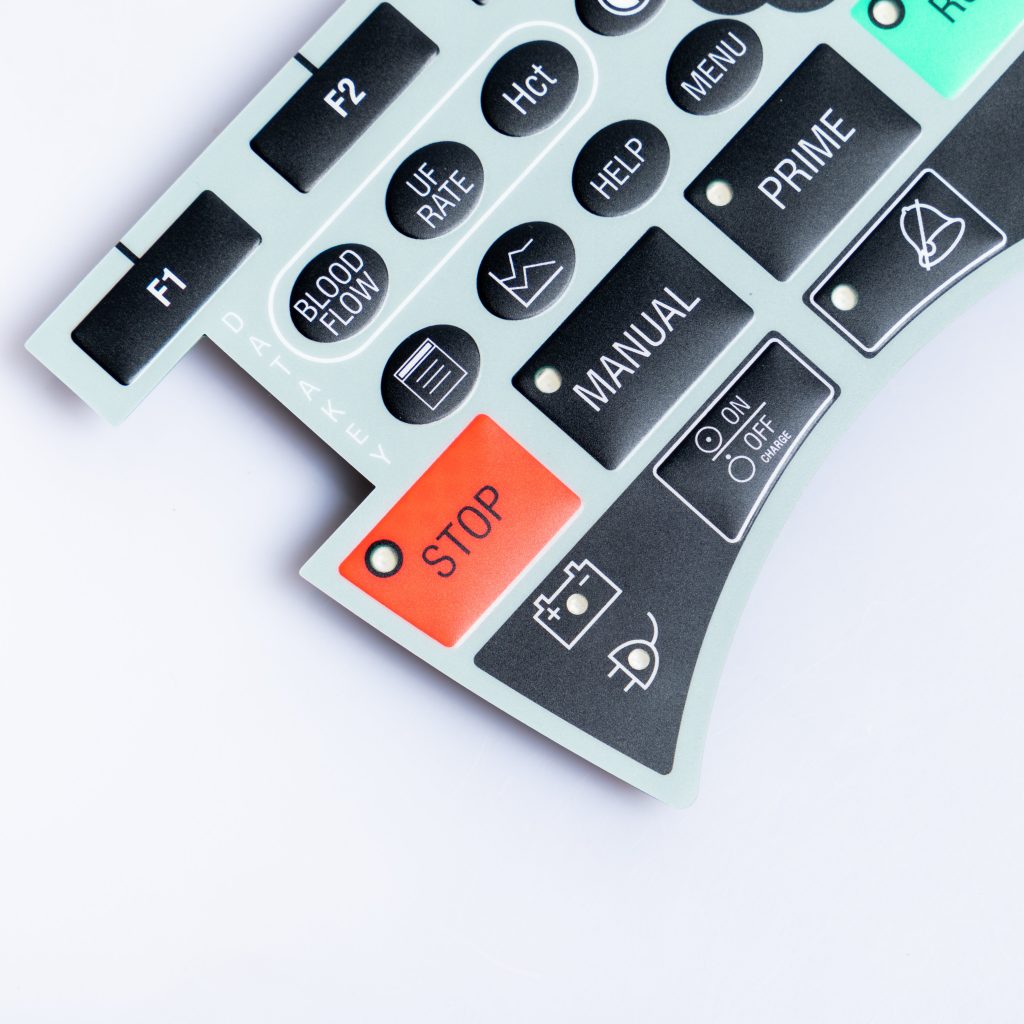Contact
Write to Us And We Would Be Happy to Advise You.
Do you have any questions, or would you like to speak directly with a representative?
By hqt
In today’s tech-savvy world, membrane switches are everywhere. These thin, versatile components are commonly found in devices ranging from microwave ovens to medical equipment, making them an essential part of modern life. However, like all electronic components, membrane switches can experience issues over time. In this article, we will explore the common problems that can arise with membrane switches and provide you with a step-by-step guide on how to troubleshoot and potentially repair a damaged membrane switch.



Before diving into the troubleshooting process, it’s crucial to have a basic understanding of what a membrane switch is and how it works. Membrane switches consist of multiple layers of flexible material, including polyester, polycarbonate, and adhesive layers. These layers contain conductive traces and are typically used as a user interface in various electronic devices. Users interact with membrane switches by pressing on them, which creates a connection between the conductive traces, registering the input.
The first step in troubleshooting a damaged membrane switch is identifying the problem. Here are some common issues you might encounter:
If some or all of the buttons on your membrane switch are unresponsive, it could be due to dirt, debris, or wear and tear.
Ghosting occurs when a button registers multiple presses without user input. This issue is usually caused by electrical interference or a short circuit.
Delamination is when the layers of the membrane switch start to separate, leading to a loss of functionality.
Over time, the graphics on a membrane switch can fade, making it challenging to identify buttons and functions.
Now that we’ve identified some common problems let’s move on to troubleshooting steps to address these issues:
For unresponsive buttons, start by cleaning the membrane switch with a gentle, non-abrasive cleaning solution. This can often restore functionality.
To address ghosting, inspect the switch for any visible signs of short circuits or damaged traces. Repair or replace damaged areas as needed.
If you suspect delamination, carefully re-adhere the layers of the membrane switch using an appropriate adhesive. Be sure to apply even pressure.
To prevent fading graphics, consider applying a protective film over the membrane switch. This will help preserve the graphics and extend the switch’s lifespan.
In conclusion, troubleshooting a damaged membrane switch can be a relatively straightforward process if you know what to look for and how to address common issues. By following the steps outlined in this article, you can potentially save time and money by repairing your membrane switch instead of replacing it.
For further assistance or if the issues persist, it’s advisable to consult with a professional technician or the manufacturer of the device containing the membrane switch.
Can I use any cleaning solution for cleaning a membrane switch?
It’s best to use a gentle, non-abrasive cleaning solution specifically designed for electronics to avoid damaging the switch.
How can I prevent ghosting issues in my membrane switch?
Ensure that the switch’s circuitry is properly shielded from external interference and that there are no exposed or damaged traces.
Is it possible to replace individual buttons on a membrane switch?
In some cases, yes, you can replace individual buttons, but it requires precision and expertise.
Are there any DIY kits available for membrane switch repair?
Yes, there are DIY repair kits available, but they may vary depending on the specific device and switch design.
What is the typical lifespan of a membrane switch?
The lifespan of a membrane switch can vary widely, but with proper care, it can last several years.
Do you have any questions, or would you like to speak directly with a representative?